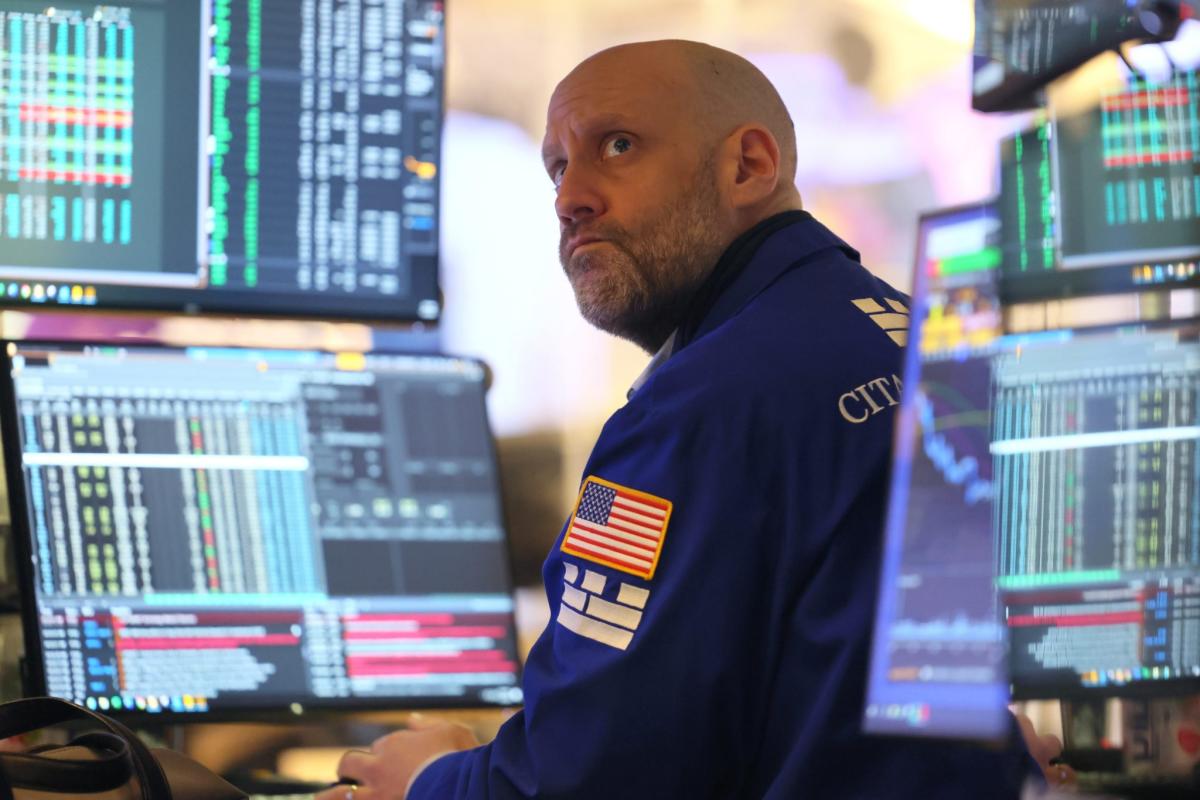
After the rapid collapse of Silicon Valley Bank and Signature Bank earlier this month, along with Credit Suisse’s untimely demise last week, regulators and business leaders have made it a point to publicly assure consumers that banks are safe. The potential for “contagion” throughout the financial system is now slim after the Federal Deposit Insurance Corp. (FDIC), Federal Reserve, and Treasury came together to backstop all depositors, both uninsured and insured, at SVB and Signature, they say.
Treasury Secretary Janet Yellen, for example, told lawmakers on the Senate Finance Committee last week after the second- and third-largest bank failures in history that Americans “can feel confident” about the safety of their deposits. And Citigroup CEO Jane Fraser told the Economic Club of Washington D.C. on Wednesday that the banking system is “sound,” and both large and regional banks are “well-capitalized,” adding “this is not a credit crisis,” Reuters reported.
When Credit Suisse went under shortly after Silicon Valley Bank, analysts argued that it was a scandal-plagued institution that had racked up billions in losses from high profile issues—including the Archegos hedge fund implosion of 2021—and its clients and depositors merely lost confidence. And they note that Silicon Valley Bank made fatal, and easily avoidable, errors in risk management that aren’t indicative of the health of the overall financial system.
But SVB also suffered from heavy unrealized losses caused by rising interest rates that helped to trigger a bank run from its large base of uninsured depositors. And a new paper by researchers at New York University on March 13 found that they aren’t the only ones with these issues—U.S. banks had unrealized losses of $1.7 trillion at the end of 2022. The losses were nearly equal to banks’ total equity of $2.1 trillion, professors Philip Schnabel and Alexi Savov and the University of Pennsylvania’s Itamar Drechsler explained.
Rising interest rates have slashed the value of the U.S. Treasuries and mortgage-backed securities that make up a large portion of many banks’ assets. In another paper, also from March 13, university researchers found that U.S. banks’ assets have lost 10% of their value over the past year alone.
Additionally, of the $17 trillion in total U.S. bank deposits, nearly $7 trillion are currently not insured by the FDIC, according to that paper. The authors of the study—including University of Southern California's Erica Xuewei Jiang, Northwestern University’s Gregor Matvos, Columbia University’s Tomasz Piskorski, and Stanford University’s Amit Seru—explained that if half of these uninsured depositors decide to withdraw their funds after the recent bank instability, it could put hundreds of billions of dollars of deposits in jeopardy.
“If uninsured deposit withdrawals cause even small fire sales [of assets], substantially more banks are at risk,” they wrote. “Overall, these calculations suggest that recent declines in bank asset values very significantly increased the fragility of the U.S. banking system.”
No fire without a spark
Unrealized losses aren’t reflected on banks’ balance sheets due to an accounting practice where assets are held on banks’ books at the value at which they are bought, instead of their current market value. And Stephan Weiler, an economics professor at Colorado State University and co-director of the Regional Economic Development Institute, explained that these losses will only be realized by banks if they are forced to sell their holdings amid a bank run where depositors withdraw their funds en masse. That’s what happened with SVB, depositors asked for the money back in droves, forcing the bank to sell its holdings of mortgage-backed securities at a $2.4 billion pre-tax loss.
“As long as people aren't all coming in at the same time and demanding that their deposits back, you're okay,” Weiler told Fortune Thursday.
The problem, JPMorgan’s analysts led by Nikolaos Panigirtzoglou noted this week, is that $1 trillion in deposits were pulled from the “most vulnerable” U.S. banks after SVB’s collapse.
“So the chances of facing those unrealized losses are going up,” Weiler warned, and that could lead to more bank runs.
As a result of this potential problem for U.S. banks, multiple politicians, including Massachusetts Sen. Elizabeth Warren and California Rep. Ro Khanna, have argued the Fed should backstop every type of depositor at all banks to prevent further bank runs from the public. And those calls intensified this week after Treasury Secretary Janet Yellen told the Senate Appropriations subcommittee Wednesday that she is not considering “blanket insurance” for all U.S. bank deposits, unless “systemic risk” becomes an issue, Reuters reported.
Even the billionaire hedge fund manager Bill Ackman said this week that the FDIC “stop the bleeding” and “explicitly guarantee all deposits now.”
“We have gone from implicit support for depositors to [Secretary Yellen’s] explicit statement today that no guarantee is being considered,” Ackman, who founded Pershing Square Capital Management tweeted on Wednesday, adding that he “would be surprised if deposit outflows don’t accelerate, effective immediately.”
This story was originally featured on Fortune.com
More from Fortune:
https://ift.tt/iJ9gSPB
Business
Bagikan Berita Ini














0 Response to "U.S. Banks are sitting on $1.7 trillion in unrealized losses, research says. That’s not a problem—until it is - Yahoo Finance"
Post a Comment